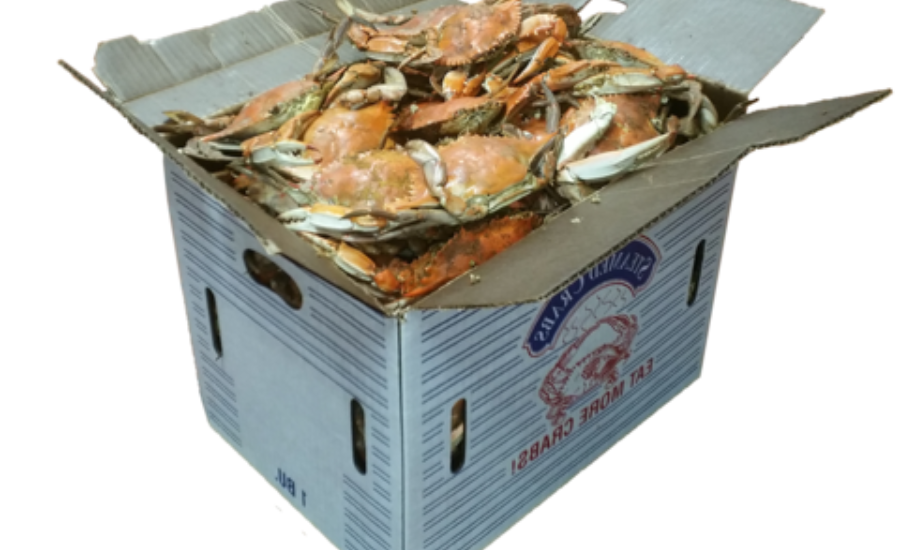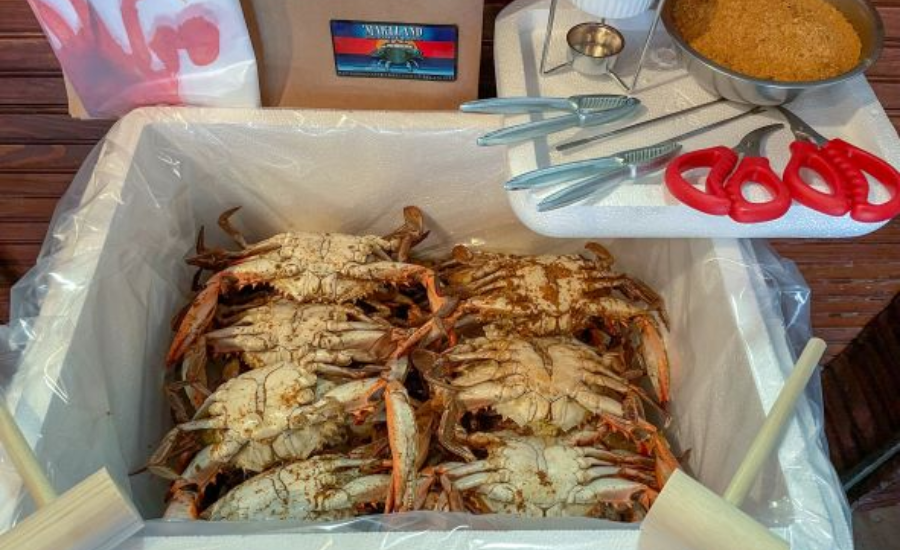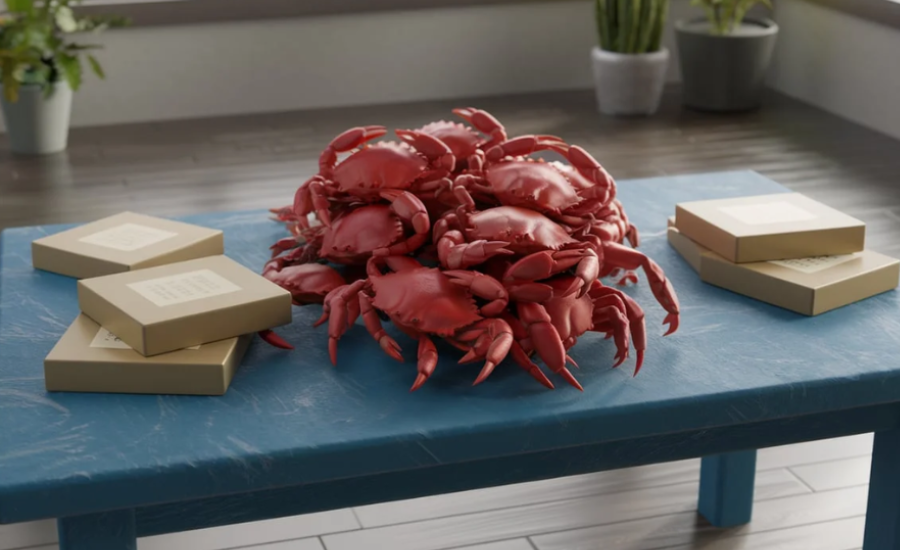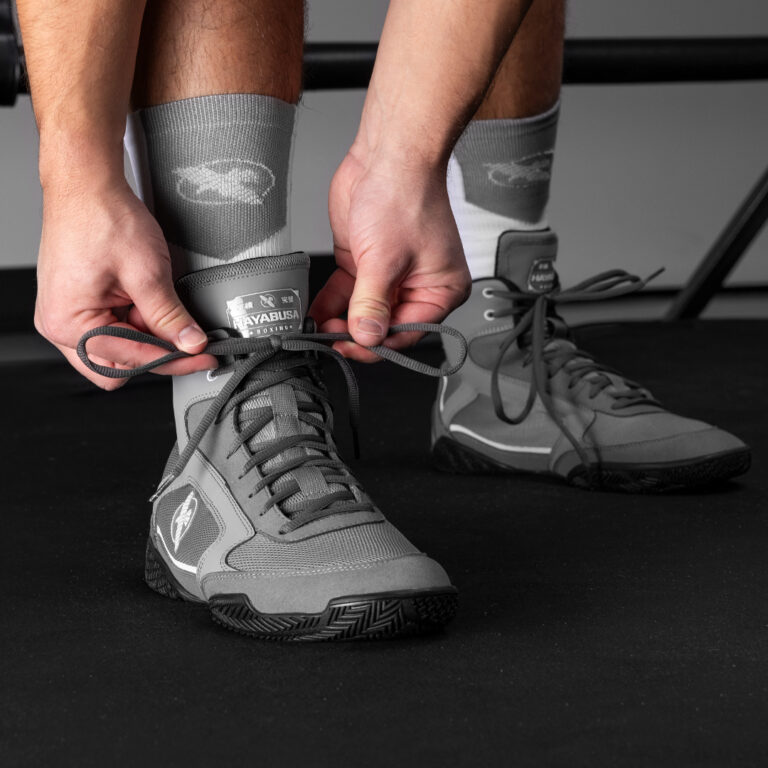
If you’re involved in the seafood industry, particularly in crab harvesting, you may be familiar with crab wax boxes. These specialized containers are crucial for transporting crabs safely and effectively, ensuring they reach markets in optimal condition. The wax coating on these boxes serves to preserve the freshness of the crabs by protecting the cardboard from moisture, while the dimensions are designed to prevent overcrowding.
What Are Crab Wax Boxes?

Crab wax boxes are robust containers primarily made from cardboard, featuring a wax coating that enhances their durability. This wax layer is essential for withstanding the moist and humid environments typical of crab storage and transport. Without this protective coating, a standard cardboard box would quickly deteriorate, compromising its structural integrity and rendering it unsuitable for seafood transport.
In the crab harvesting industry, these boxes are indispensable for storing and moving crabs from boats to markets. The design of crab wax boxes ensures there is enough space for a bushel of crabs without overcrowding, keeping them alive and fresh during transit.
Standard Dimensions Of Crab Wax Boxes
Crab wax boxes are generally manufactured to standardized dimensions, although slight variations may exist between manufacturers. On average, the dimensions of these boxes are as follows:
- Length: 17 to 18 inches
- Width: 11 to 12 inches
- Height: 10 to 11 inches
These dimensions are ideal for accommodating a full bushel of crabs, providing enough room for them to remain alive and healthy during transport. The wax coating also helps the boxes resist water, preventing the cardboard from degrading in wet conditions.
Why Dimensions Matter For Crab Wax Boxes

The dimensions of crab wax boxes are crucial in ensuring safe transportation. A box that is too small can lead to overcrowding, resulting in injuries or death among the crabs. Conversely, a box that is too large can allow the crabs to move excessively, leading to stress and potential harm.
Additionally, the dimensions of crab wax boxes must facilitate easy handling and stacking during transport. These boxes are often stacked in significant quantities on boats or trucks, so their dimensions are designed to maintain stability and ensure safe transportation.
Material And Durability Of Crab Wax Boxes
Crab wax boxes are typically constructed from a sturdy type of cardboard capable of supporting the weight of the crabs. The wax coating significantly enhances the box’s durability by providing a barrier against moisture and environmental factors. This protective layer prevents the cardboard from becoming soaked, which is vital for transporting live seafood.
Moreover, the wax coating extends the lifespan of the boxes. While traditional cardboard may deteriorate rapidly in damp conditions, the wax layer helps maintain structural integrity, even in wet environments.
Proper Usage Of Crab Wax Boxes
Correctly using crab wax boxes is vital for ensuring the safety and freshness of the crabs during transport. The wax-coated surface protects the crabs from direct contact with cardboard, which can absorb moisture and lead to drying out or contamination.
The design of these boxes allows for optimal air circulation, essential for keeping crabs alive for longer periods. It is crucial to avoid overfilling the boxes, as overcrowding can restrict airflow and lead to suffocation or injury among the crabs.
Benefits Of Using Crab Wax Boxes

Using crab wax boxes for transporting crabs offers several advantages:
- Moisture Resistance: The wax coating prevents water from soaking into the cardboard, maintaining the box’s structural integrity and protecting the crabs inside.
- Easy Handling: The dimensions of the boxes facilitate easy handling, carrying, and stacking during transport, whether on a boat or in a truck.
- Cost-Effective: Crab wax boxes are relatively inexpensive to produce and purchase, making them a budget-friendly solution for seafood transportation.
- Freshness Preservation: The wax coating and appropriate dimensions help maintain crab freshness by providing adequate space and moisture protection.
Stacking And Storing Crab Wax Boxes
One significant advantage of crab wax boxes is their ability to be stacked. The standard dimensions ensure these boxes can be easily stacked on boats and trucks without compromising the structural integrity of the boxes or harming the crabs inside. When stacked properly, they allow for adequate ventilation, preventing the crabs from overheating during transport.
Additionally, when stored, the wax-coated boxes resist moisture and humidity, prolonging their lifespan. This is especially important in coastal areas where seafood is harvested, as these environments tend to be wet and humid.
Environmental Considerations For Crab Wax Boxes
While the wax coating provides numerous benefits, it also raises environmental concerns. Wax-coated cardboard is not as easily recyclable as standard cardboard, presenting challenges for disposal after use. However, some manufacturers are exploring environmentally friendly alternatives to traditional wax coatings, making these boxes both durable and recyclable.
Companies utilizing crab wax boxes should be mindful of their environmental impact, exploring proper disposal methods and recycling options to minimize waste.
Customization And Branding Opportunities With Crab Wax Boxes
Many manufacturers offer customization options for crab wax boxes, allowing businesses to print logos, branding, and other information directly onto the box. Customizing these boxes provides seafood companies with a means to promote their brand while ensuring the safe transport of their products.
The dimensions of the boxes are large enough to accommodate logos and branding while remaining practical for transportation. This custom branding can enhance a company’s visibility and create a professional image in the competitive seafood market.
The Future Of Crab Wax Boxes
As the seafood industry evolves, so too will the design and functionality of crab wax boxes. With a growing emphasis on environmental sustainability, innovations in materials, such as biodegradable wax coatings or recyclable alternatives, are likely to emerge. Additionally, manufacturers may explore ways to improve the durability and efficiency of these boxes, ensuring they continue to meet the needs of the seafood industry.
FAQs About Crab Wax Boxes
1. What materials are used for crab wax boxes?
Crab wax boxes consist of sturdy cardboard covered with a wax coating that provides moisture protection and durability for transporting live crabs.
2. How many crabs fit in a bushel box?
A 1-bushel crab wax box generally accommodates 35 to 45 crabs, depending on their size, while preventing overcrowding.
3. Why is the wax coating necessary?
The wax coating is vital for blocking moisture from damaging the cardboard, thus maintaining the box’s integrity and keeping the crabs fresh during transport.
4. What are the typical dimensions of crab wax boxes?
Crab wax boxes usually measure around 17 to 18 inches long, 11 to 12 inches wide, and 10 to 11 inches high, providing ample space without overcrowding.
5. Are crab wax boxes recyclable?
Traditional wax-coated cardboard is often not recyclable, but some manufacturers are developing eco-friendly alternatives. Companies should explore proper disposal and recycling methods.
6. How should crab wax boxes be used?
To keep crabs safe and fresh, avoid overfilling the boxes and ensure proper airflow. The wax coating protects against moisture, and the design allows for easy handling and stacking.
Conclusion
Crab wax boxes play a crucial role in the seafood industry, especially in the harvesting and transporting of crabs. Their sturdy design, moisture-resistant wax coating, and carefully considered dimensions make them ideal for ensuring the safe transport of live crabs while maintaining their freshness from the moment they are caught until they arrive at the market. As the focus on sustainability grows within the seafood sector, we can expect advancements in materials and designs for crab wax boxes to emerge, allowing these containers to meet current market needs while also adhering to eco-friendly practices. By adopting crab wax boxes, seafood businesses can improve their operational efficiency, enhance their brand visibility, and support the sustainable development of the industry.
Stay in touch for the latest updates and alerts by visiting our site: Forbes Magazines!






